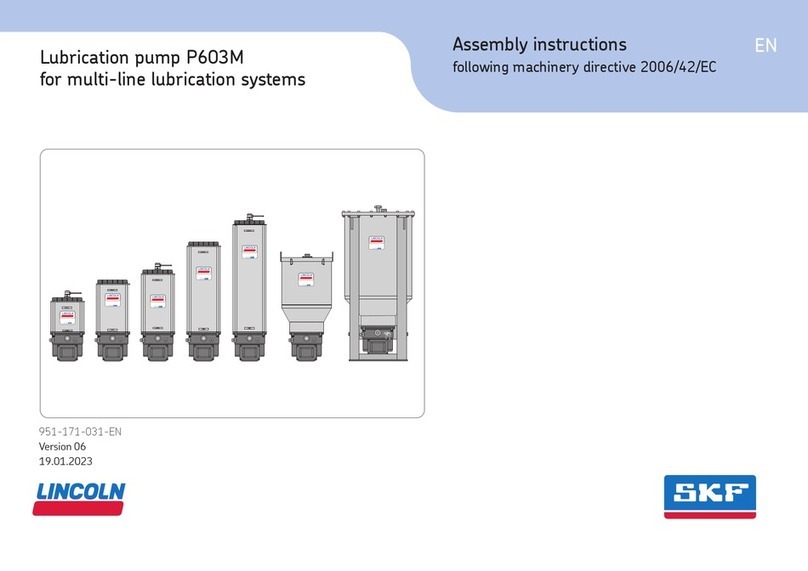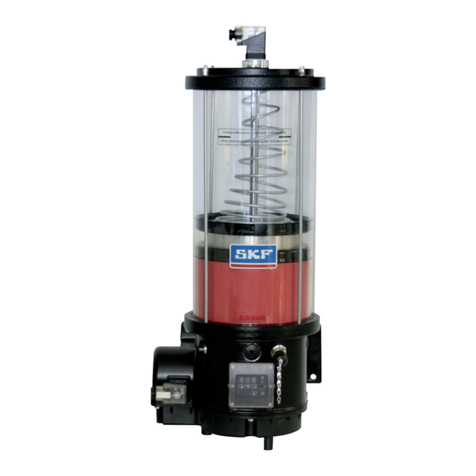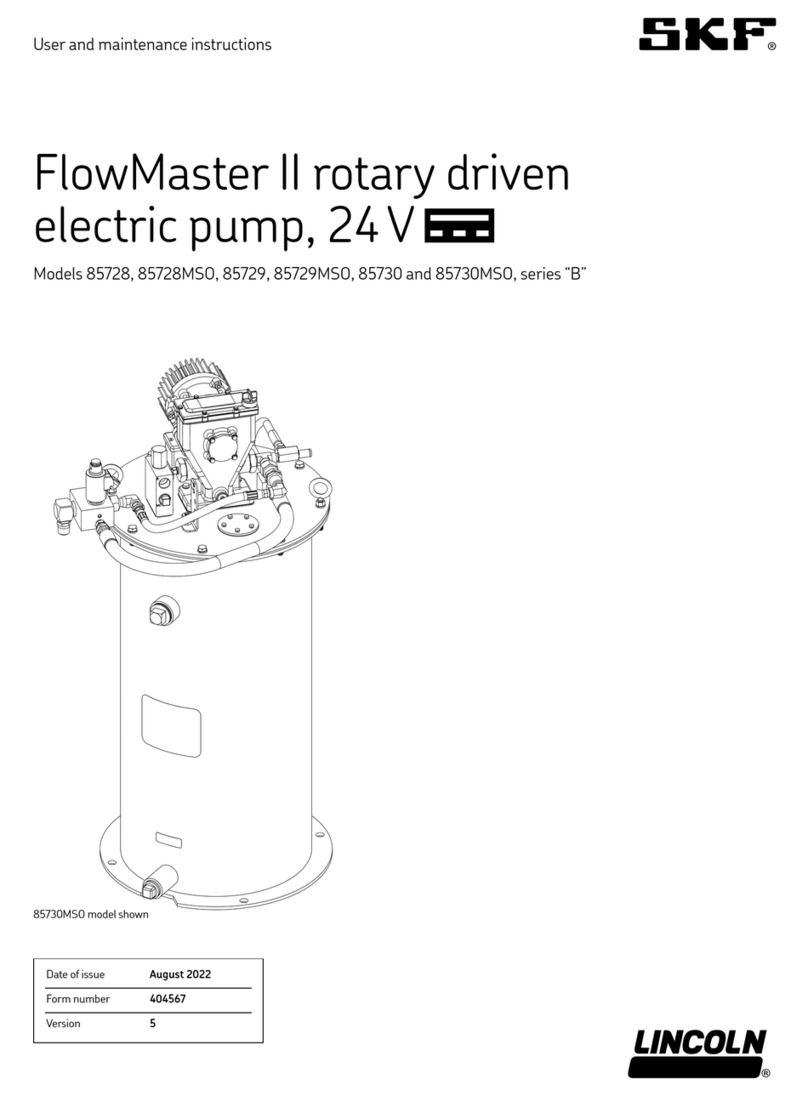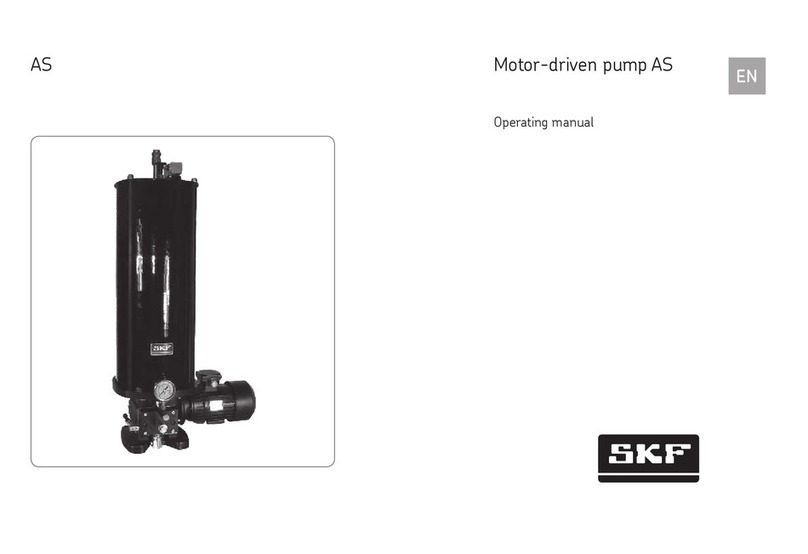SKF EPB-Pump-ECO Manual
Other SKF Water Pump manuals
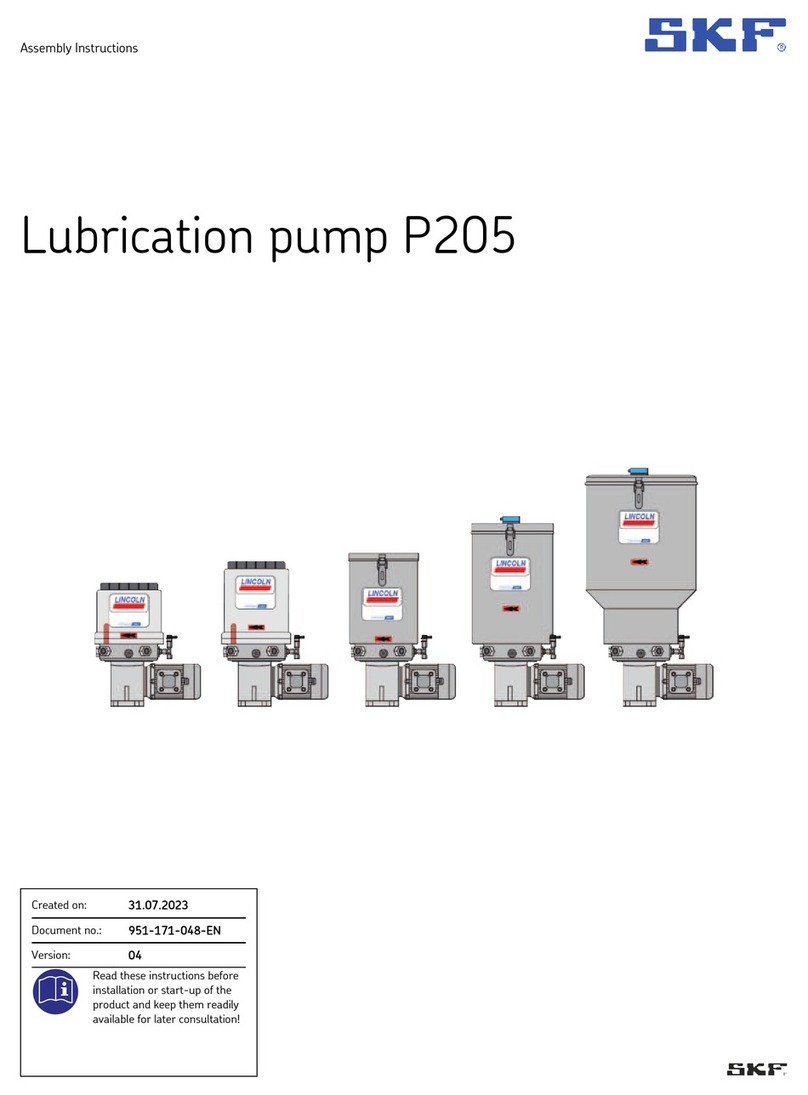
SKF
SKF Lincoln P205 User manual

SKF
SKF Lincoln FlowMaster II Instruction Manual

SKF
SKF THAP 030 User manual
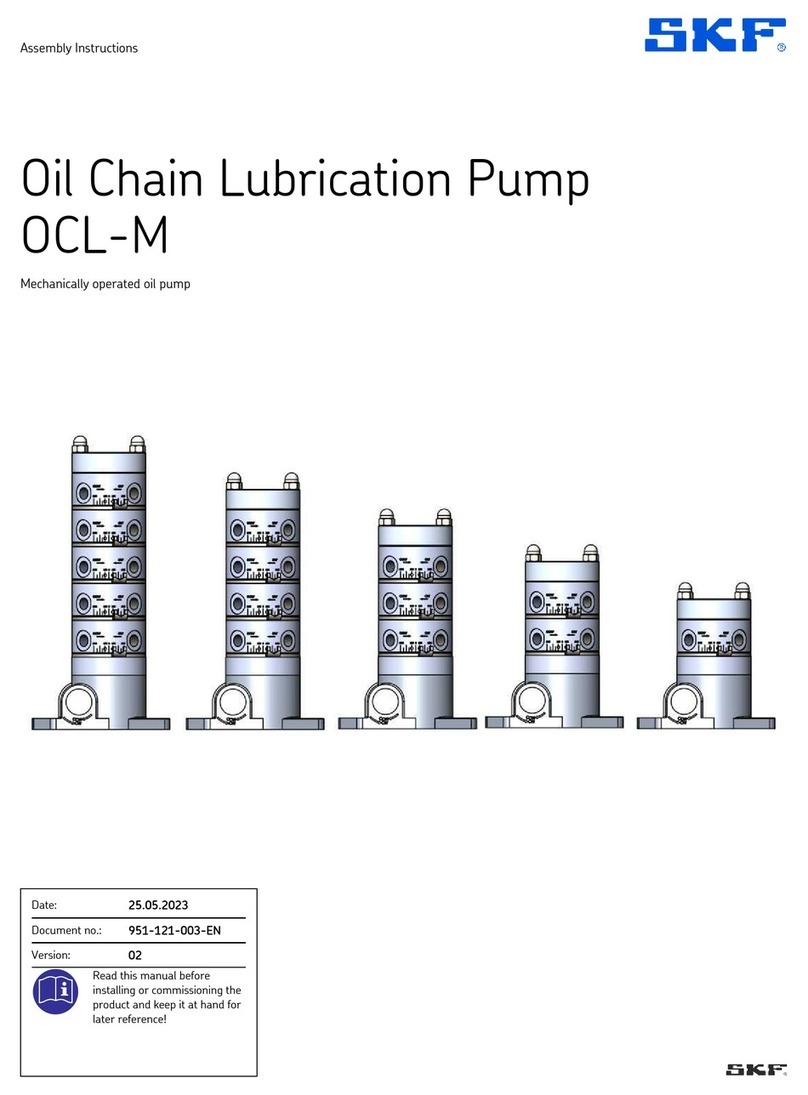
SKF
SKF Lincoln OCL-M-G Series User manual

SKF
SKF KFG Series User manual

SKF
SKF Lincoln HTL 201 User manual

SKF
SKF LINCOLN 1886 Series User manual

SKF
SKF PAB Series User manual
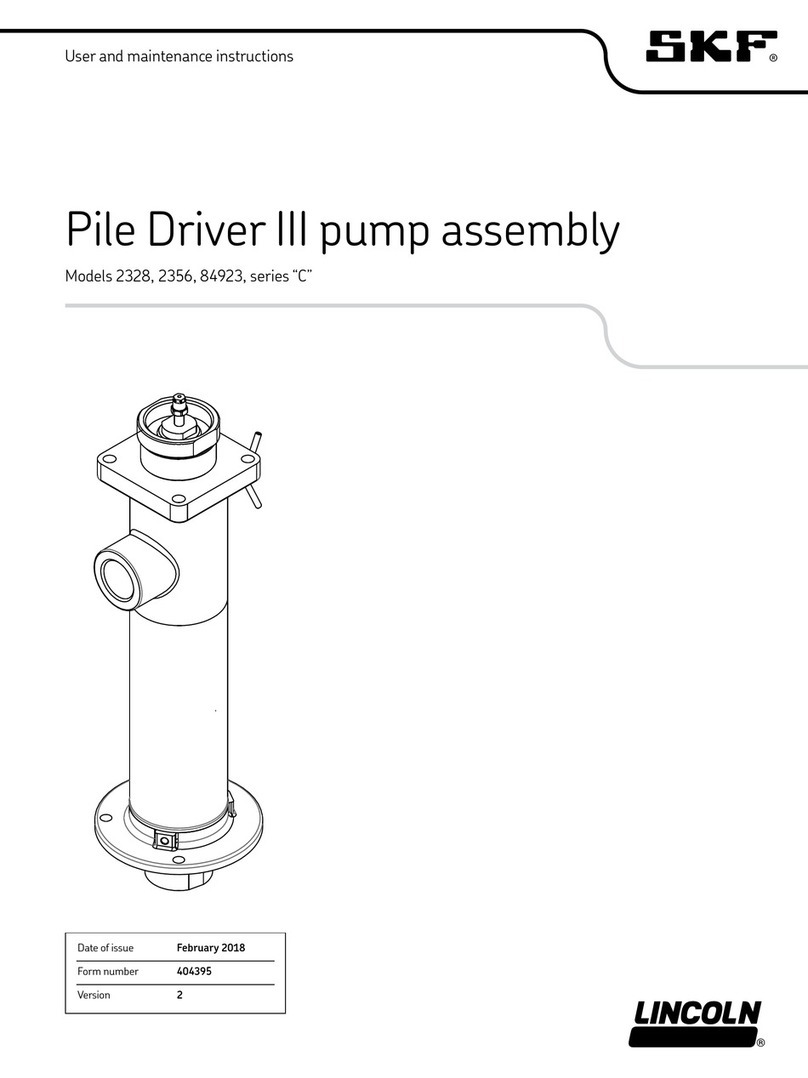
SKF
SKF Linkoln Pile Driver III C Series Instruction Manual
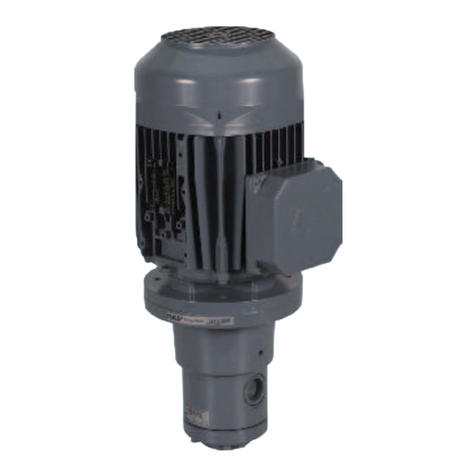
SKF
SKF 143 Series User manual

SKF
SKF LINCOLN P203 User manual

SKF
SKF LINCOLN SP User manual
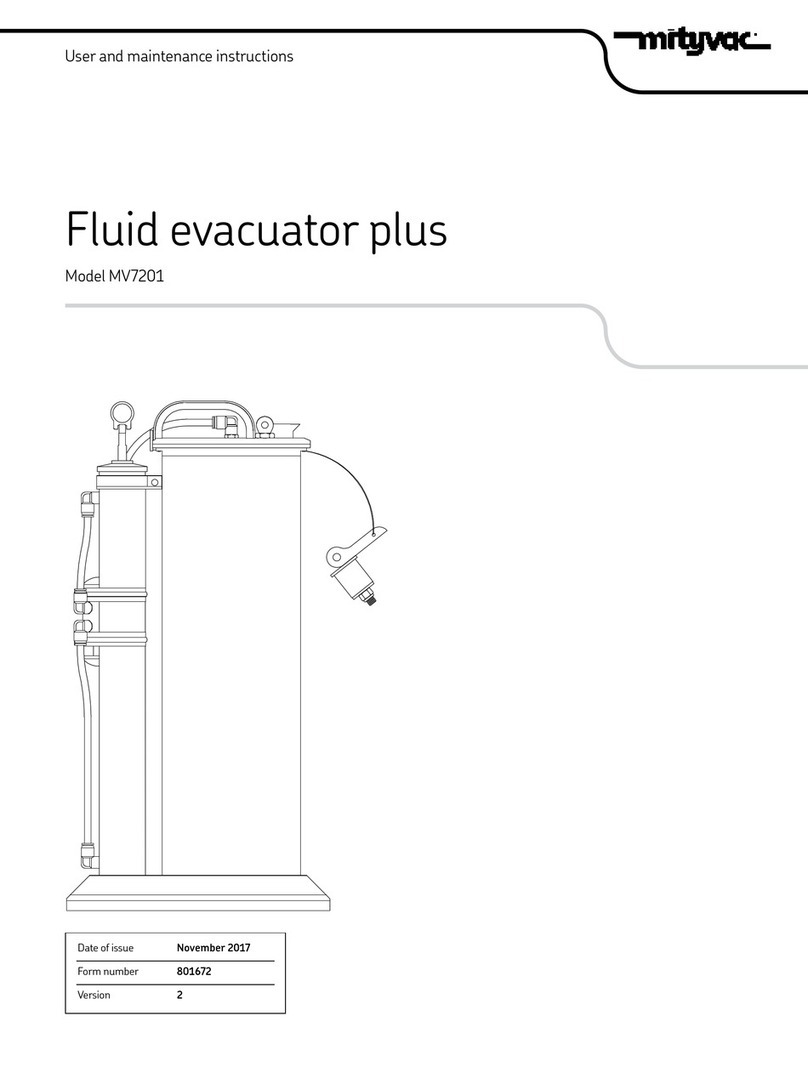
SKF
SKF MityVac MV7201 Instruction Manual

SKF
SKF F Series Instruction Manual
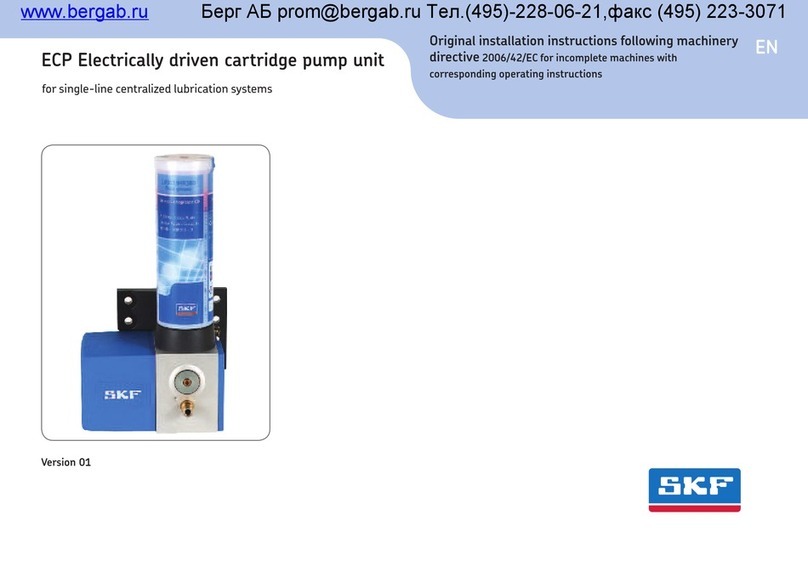
SKF
SKF ECP User manual
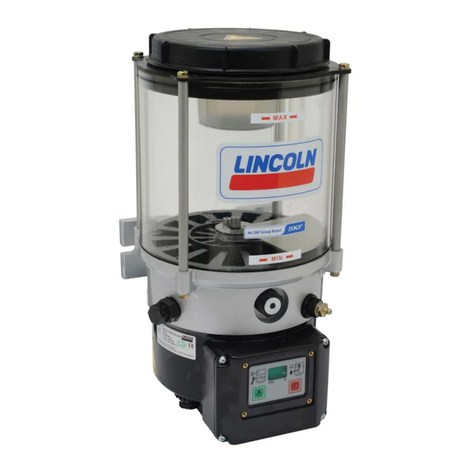
SKF
SKF Lincoln P653S Instruction Manual
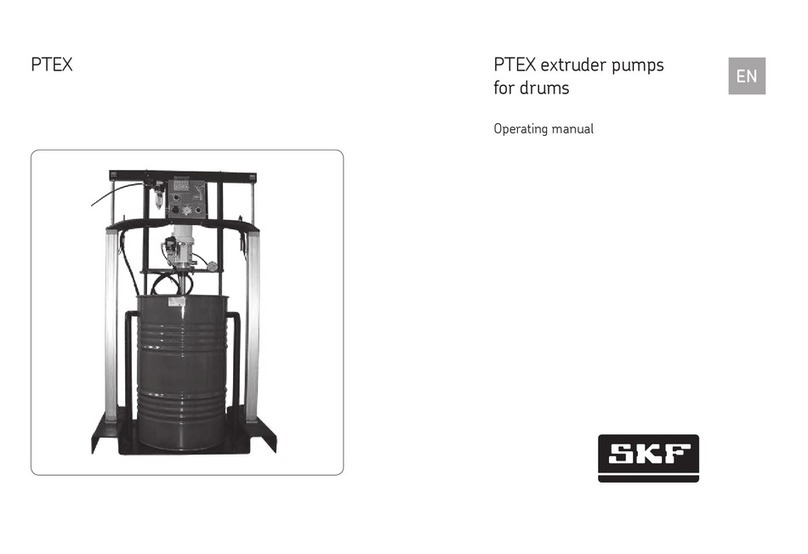
SKF
SKF PTEX User manual
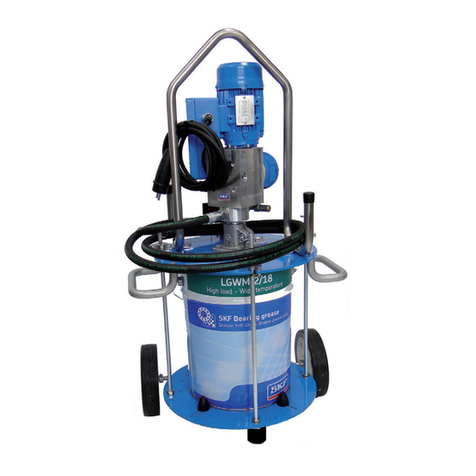
SKF
SKF EFFP Series User manual
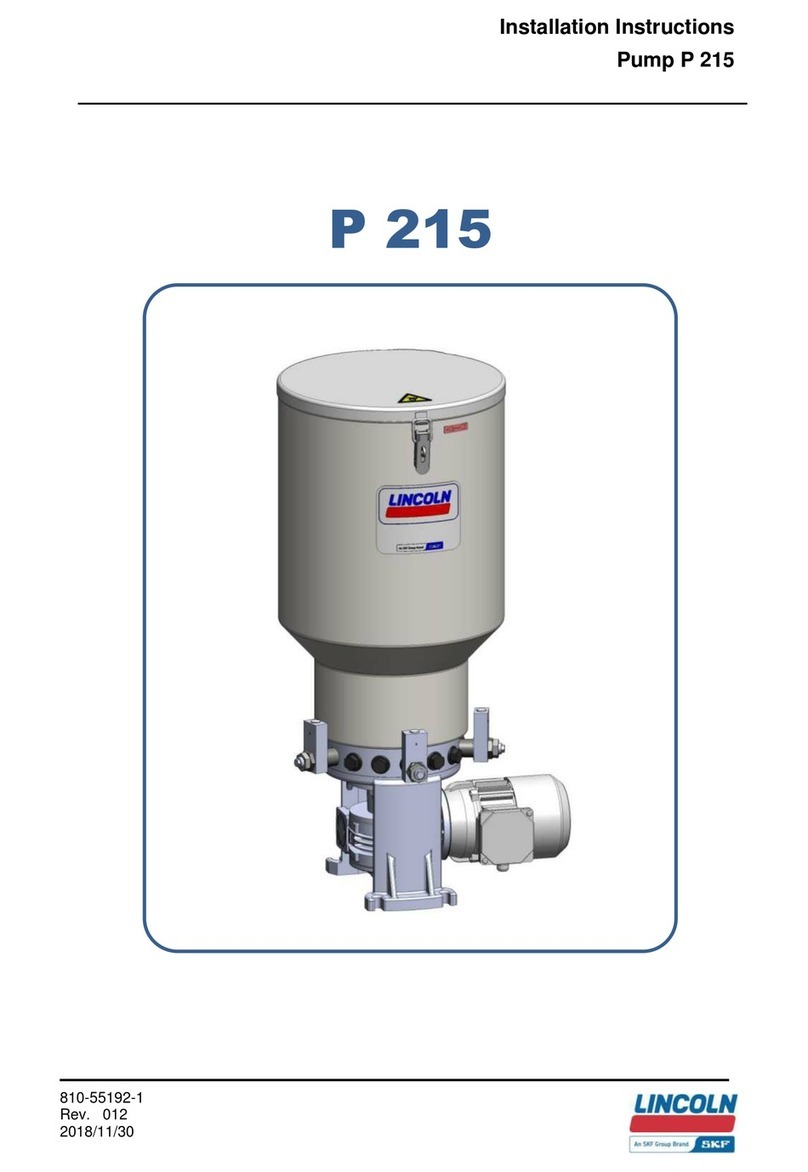
SKF
SKF Lincoln P 215 Series User manual

SKF
SKF LAGG 18M User manual
Popular Water Pump manuals by other brands

Watershed Innovations
Watershed Innovations HYDRAPUMP SMART FLEX Instructional manual

Graco
Graco Modu-Flo AL-5M instructions

Messner
Messner MultiSystem MPF 3000 operating instructions

Xylem
Xylem Bell & Gossett WEHT0311M Installation, operation and maintenance instructions

WilTec
WilTec 50739 Operation manual

Franklin Electric
Franklin Electric Little Giant 555702 HRK-360S instruction sheet

Ingersoll-Rand
Ingersoll-Rand PD02P Series Operator's manual

VS
VS ZJ Series Operating instruction

Flotec
Flotec FPZS50RP owner's manual

Xylem
Xylem Lowara LSB Series Installation, operation and maintenance instructions

Water
Water Duro Pumps DCJ500 Operating & installation instructions

Action
Action P490 Operating instructions & parts manual

Flo King
Flo King Permacore Reusable Carbon Bag Disassembly. & Cleaning Instructions

ARO
ARO ARO PD15P-X Operator's manual

Pumptec
Pumptec 112V Series Operating instructions and parts manual

Virax
Virax 262070 user manual

Neptun
Neptun NPHW 5500 operating instructions

Sensidyne
Sensidyne Gilian BDX-II Operation & service manual
